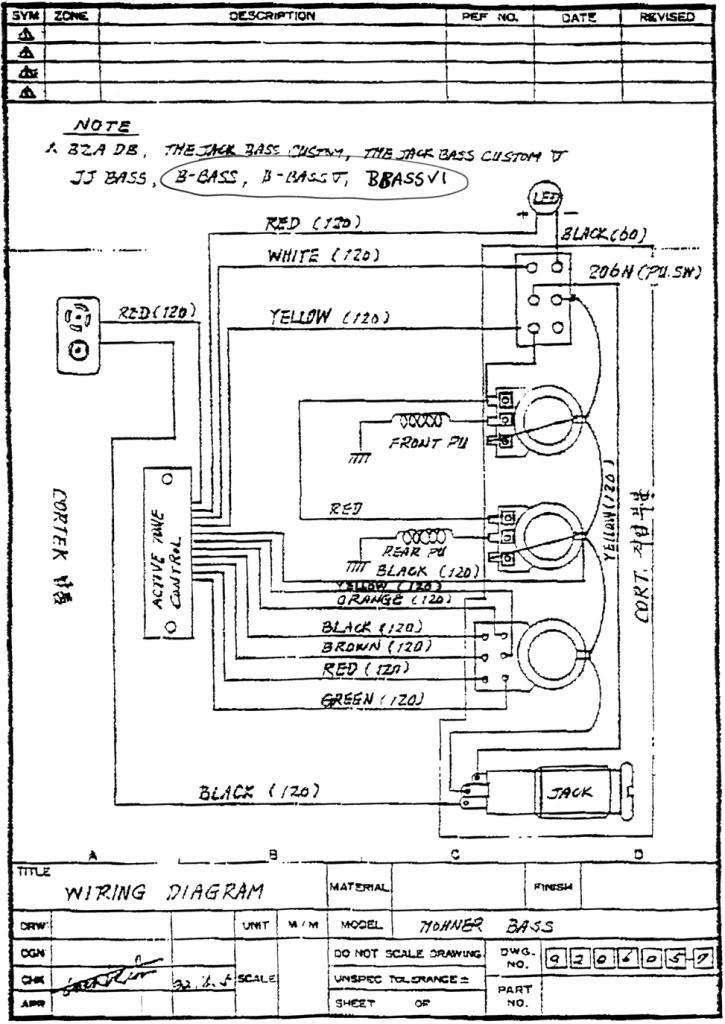

The 3rd pole is usually marked common goes to your starter motor and alternator, you may have a seperate cable from your alternator to the 3rd pole depending on what engine you have. Most sailboats that I have re-engined have had a birdsnest of wires and multiple single funtion battery switches, I have always tidied up the system as follows and the owners were happy to have a simple foolproof system.Ĭonnect the engine earth and earth from your services together with all of your batteries negatives.ĭecide which battery is your start battery and connect to terminal 1 on the switch, the services battery(s) connect to terminal 2. Many people always start and run on both batteries and so if and when one dies they don't know until the other dies also. If you have trouble starting on one battery you can try the other or use both at once to help the starting. In simple terms you start on one battery or the other (alternating each start to ensure both batteries can do the job) then switch to both on for charging both batteries once the engine is started. I would suggest that if you have ruinned your 1,2,both switch that you replace it with 2 individual simple isolation switches, capable of carrying starter current and used individually or in unison. terminals together and go permanently to the body of the engine (earth) and a thinner wire goes off to your lights etc. Usually the heavy wires use red for positive and these go to the switch while the negative black wires join both neg. Rather than melt your wiring in the boat. The fat wires carrying high current for the starter do not have fuses however most of the lighter wiring for lights etc should be fused which means you burn out a thin piece of wire in a safe environment if you get a short circuit. You can't generally go wrong except as suggested fat wires from both positive and negative if connected together in the switch can cause burning meltdown and possibly fire. So read books get a multimeter and fiddle with your electrics. Boat electrics are unreliable because of the moisture/ corrosion problems. It is too expensive/ hard to get good service and eventually you will need to understand your electrics when you get caught out. I am convinced that you can't run a small boat on a "turn key" principal where you get proffessionals to do everything like you might with a car. I'm wondering whether I shoud have connected both battery -ve terminals to the studs "1" and "2" instead of their +ve terminals and then connected both + ve terminals to the third stud on this isolation switch. On testing this hookup, by selecting either "1" or "Both" - I got the engine to start - these 2 positions also caused the electrics to work.Ĭan anyone tell me from this description whether the hook up to this battery isolation switch is correct as described.Īs far as I can tell the wire to which both batteries negative terminals are connected goes to the boat "ground" but I am not certain of this. I then connected both negative terminals to the third terminal. This I did by connecting the positives from battery 1 and 2 respectively to stud "1" and "2" on the switch. There are 3 connecting studs on this switch - "1", "2", and a third the description of which I have forgotten.Īgainst the positions "1" and "2" there was an instruction which said to ensure these were the same polarity. I know virtually next to nothing about electrics and, as I bought this boat second hand, I was as careful as possible to re-wire the new isolation switch in the same manner as the old switch although, as the two switches are not identical, even although both have the same selection positions, I'm not certain about the way I have hooked up the new switch internally.

selecting one of the batteries produces no current. Recently, selecting "2" failed to produce any result and I first suspected a failed battery but, after replacing this without any result, I then suspected the Isolation Switch which I have just replaced, also without any change - i.e. Using this I was, initially, able to start the engine and run the instruments from either battery by selecting either "1" or "2" and, presumably, although I never tried it, "Both". I have 2 12v batteries connected through an isolation switch which has 4 positions - 1,2,Both & Off.


 0 kommentar(er)
0 kommentar(er)
